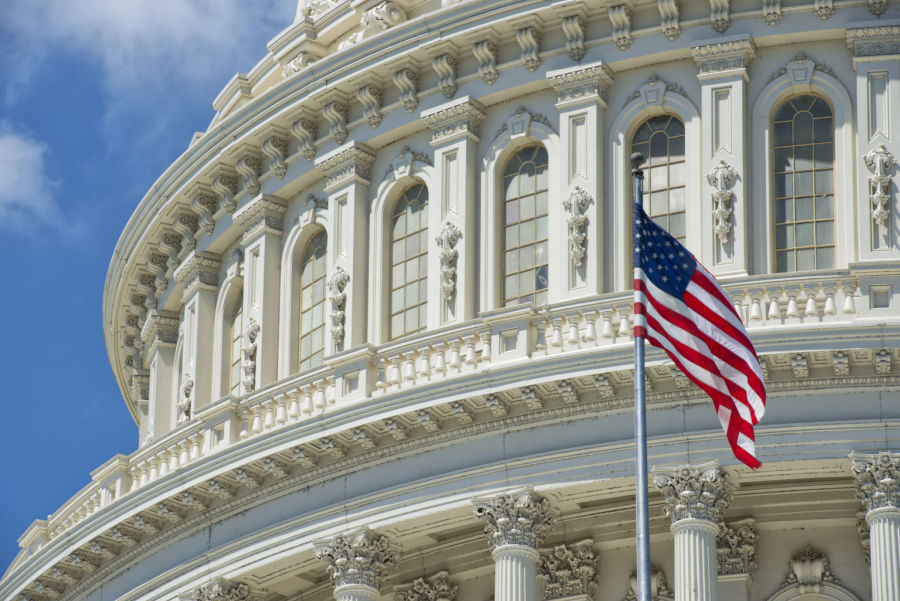
Department of Energy: Home Energy Rebates Update
February 17, 2024
New and Revised Technical Assistance Documents Available
From the DOE Office of State and Community Energy Programs
The U.S. Department of Energy (DOE) has released the following resources to help state and territorial energy offices (SEOs) apply for and implement the Home Energy Rebates.
Required Elements of a Community Benefits Plan: Each state and territory must submit its Community Benefits Plan and receive DOE approval prior to program launch. To provide states and territories with clear guidelines, this document outlines the required elements of these plans.
Case Study: Using Whole Home Energy Rebates to Preserve Affordable Multifamily Housing: For SEOs, building owners, and affordable housing developers interested in combining the Home Energy Rebates with Low-Income Housing Tax Credits, we are providing guidance and a case study to illustrate potential approaches.
RFP Guidance for Program Planning, Technical, and Administrative Support: Many SEOs may contract with companies to design their programs, complete their applications to DOE, and provide administrative support. To contract with these companies, many states will need to go through a competitive solicitation process, which includes a request for proposals (RFP). This document represents key recommended components of an RFP and will help SEOs design their own RFPs. Area median income tools: A consumer’s household income relative to their area median income (AMI) is a key factor for determining their eligibility for rebates. DOE has partnered with the Pacific Northwest National Laboratory to provide SEOs with these resources:
- AMI Tables: Provides area median income data for all U.S. census areas and for households with up to eight members.
- AMI/FPI Calculator Tool: Comparison of 80% AMI vs 200% federal poverty level (FPL) for each U.S. census area; developed to assist SEOs interested in combining or coordinating their Rebates program with the Weatherization Assistance Program or other programs that use an FPL threshold.
In addition, PNNL has a Rebates tools webpage that includes information on the Rebates program’s national database and the associated application programming interface (API) that can be used to connect to it. The API will facilitate the reporting of program data to DOE by enabling authorized stakeholders, such as SEOs and their implementers, to securely access and report the required information.
Revision to Budget Allocation and Tranche Calculator: DOE has posted an updated version of this tool, which states and territories can use to understand how their program funds are allocated across the four funding tranches. Please use this version.
Frequently Asked Questions: DOE updated the Rebates FAQs to provide SEOs and program implementers with guidance on the following:
- Do self-installation projects qualify for Home Efficiency Rebates?
- May states allow an ENERGY STAR-certified combination washer-dryer to be eligible for a Home Electrification and Appliance Rebate?
- What is the definition of a “new” contractor in the Home Electrification and Appliance Rebate program?
- Must an open-source software be available under an open license and have a process for updates?
- For Home Efficiency Rebates, what is the “affidavit” that must be signed?
